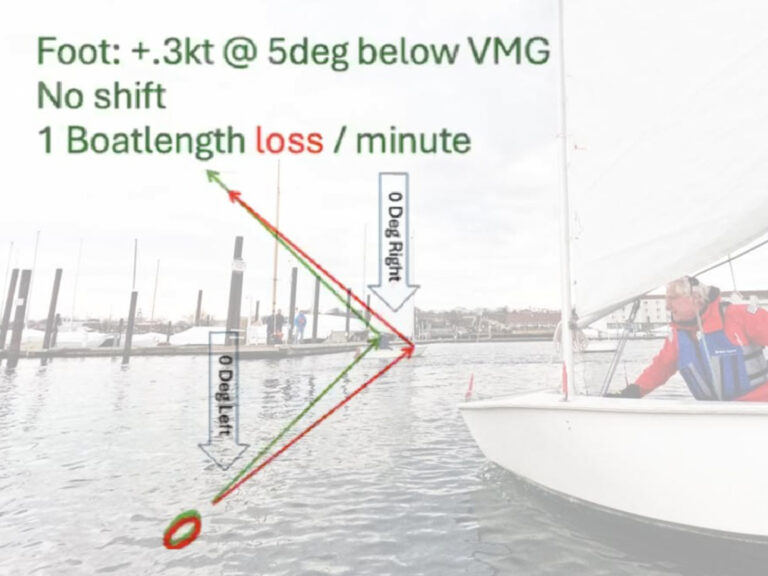For a one-design class, Sea Sprite owners are a pretty diverse group. Class rules prohibit extreme modifications but allow skippers to place anything anywhere on their boat. As a result, it’s common to see these 1960s Carl Alberg-designed hulls fitted with laminate sails, rigged with all sorts of control lines, and sporting premium topside and bottom paints, perhaps in contrast with its 5-knot hull speed.
Having admired the Sea Sprite for a few years, I was able to pick up one in Provincetown, Massachusetts, on Cape Cod for a high schooler-friendly budget and sail it 70 miles or so to Bristol, Rhode Island. After the journey, I settled down with my new project for a winter of boatwork. With a limited budget and the usual time constraints of a high school student, my work list started with new standing rigging, fairing and painting the bottom, building new sails, rebuilding the motor well, varnishing the handrails and hatches, and building a mainsheet traveler. Neighbors were called in, tools were borrowed, advice was heeded, or ignored, as a 17-year-old would. Finally, the snow melted, spring came, and launch day was upon me.
The first few weeks in the water went without calamity. Hopeful to tune the boat before the start of the Sea Sprite summer series, I encountered my first real challenge: having no idea how to make it go fast. Perhaps because of variations of the Sea Sprite, finding definitive data about boat setup and trim was difficult, and without a way to measure speed or another exact boat to race against, gauging the effect of changes was next to useless. I’d been trying to understand the intricacies of sail trim, genoa car placement, and shroud tension through months of reading, but in practice, all of this tuning was merely guesswork.
In the starting sequence for the season’s opening race, it became apparent that our crew of high school students had a lot to learn in the ways of the Sea Sprite, not to mention being wildly outclassed by boats with four or five times our years of race experience.
Much of the season was spent following the rest of the fleet around Bristol Harbor, with a few gems of knowledge (no human whisker poles allowed) or wisdom (deck-sweeper jibs aren’t normally worth the visibility impairment) sprinkled throughout. Since our fleet crossed the starting line last to avoid being overtaken by the faster boats in other fleets, it was normal to see half a dozen or more Sea Sprites drifting slowly back toward their moorings at the end of the night, long after the sea breeze had faded.
Despite the constant frustration of losing to “those grown-ups” every week, Wednesday-night racing was the adventure that made everything go. For starters, the racing was only part of the challenge. Getting the boat to Bristol Harbor for Wednesdays was a logistical challenge unto itself: Sail to work on Tuesday, run home, bike to work Wednesday, run to work, sail home Thursday, and then spend the weekend on the next boat project.
Summer came to an end and I moved off to college. Although my boat made it back into the water in subsequent years, the racing wasn’t as much a part of summer as it had been. Eventually, I parted ways with my Sea Sprite, much improved from how I bought her, and I’m happy to see she’s still in the neighborhood. Now safely removed from the fleet, I can enjoy looking out across the harbor on Wednesday nights, watching the races from afar. I like to imagine that some other youth has taken my spot at the back of the fleet.









